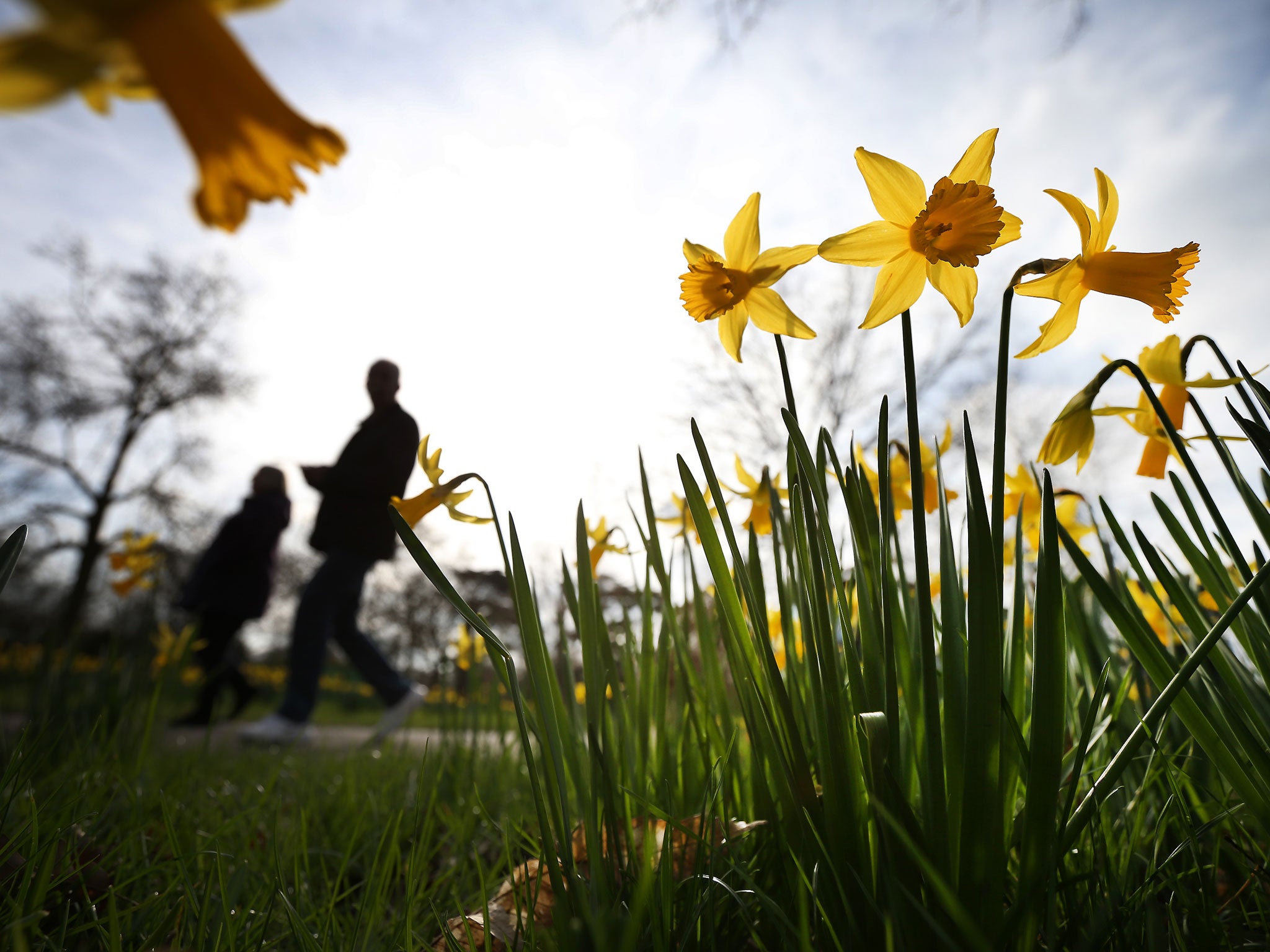Unleash metrics on the climate change sceptics! Met Office chief wants scientists to turn to poetry to promote research

Your support helps us to tell the story
From reproductive rights to climate change to Big Tech, The Independent is on the ground when the story is developing. Whether it's investigating the financials of Elon Musk's pro-Trump PAC or producing our latest documentary, 'The A Word', which shines a light on the American women fighting for reproductive rights, we know how important it is to parse out the facts from the messaging.
At such a critical moment in US history, we need reporters on the ground. Your donation allows us to keep sending journalists to speak to both sides of the story.
The Independent is trusted by Americans across the entire political spectrum. And unlike many other quality news outlets, we choose not to lock Americans out of our reporting and analysis with paywalls. We believe quality journalism should be available to everyone, paid for by those who can afford it.
Your support makes all the difference.William Wordsworth found inspiration for his poetry in his environment, not least the “golden daffodils” he saw “beside the lake”.
Then there was Winnie the Pooh who pondered a little more simply: “The more it snows (Tiddely-Pom)/ The more it goes (Tiddely-Pom)/ The more it goes on snowing.”
Now scientists are being told to use art and poetry to win public support in the battle to curb climate change.
Dame Julia Slingo, the chief scientist at the Met Office, has called for a radical overhaul of the way climate scientists go about their business, arguing that they need to make their reports less turgid and more engaging.
“We have to look increasingly at what society requires of us… We increasingly recognise that to reach the general public we have to use all sorts of different channels of communication,” Dame Julia told a recent gathering of leading climate change scientists at the University of Exeter.
“And it’s not through tables and graphs. Sometimes it is through art, through music, through poetry, and storytelling and that is increasingly something we have to think about – how we communicate in a more humanist way.
“Scientists have to stay engaged in the communication message. We will have to work at this. We will have to get the message out that this is a profound, deeply serious problem. It is urgent that we, as a science community, work together to advance the science and also to communicate it as effectively as we can so that we get the action that is so badly needed,” she said.
Some scientists are already engaging with artists to get the message out, such as the London School of Economics’ Grantham Institute on Climate Change, which held a “slam poetry” competition on the subject of climate change in March.
Naomi Hicks, of the Grantham Institute, said: “If we are to draw more of the public, particularly young people, into the debate on how best to manage the risks of climate change, we need to find better ways of communicating to them other than through turgid technical reports.”
Meanwhile, Exeter University, the Met Office, the London College of Fashion and the Victoria & Albert Museum have collaborated on the “Climate Dress” – a project looking at how clothing can be used to communicate ideas about global warming, for example by using moving pictures of melting ice-caps and related data projected across the dress.
Dame Julia also called on the public to step up their action to publicise climate change, for example by recording the way it is affecting their immediate environment.
“Climate change is a massive opportunity for citizen science,” she said. “For everybody who experiences the natural world, we can use all the social media tools that we have to document what we see happening to the world around us.”
Join our commenting forum
Join thought-provoking conversations, follow other Independent readers and see their replies
Comments